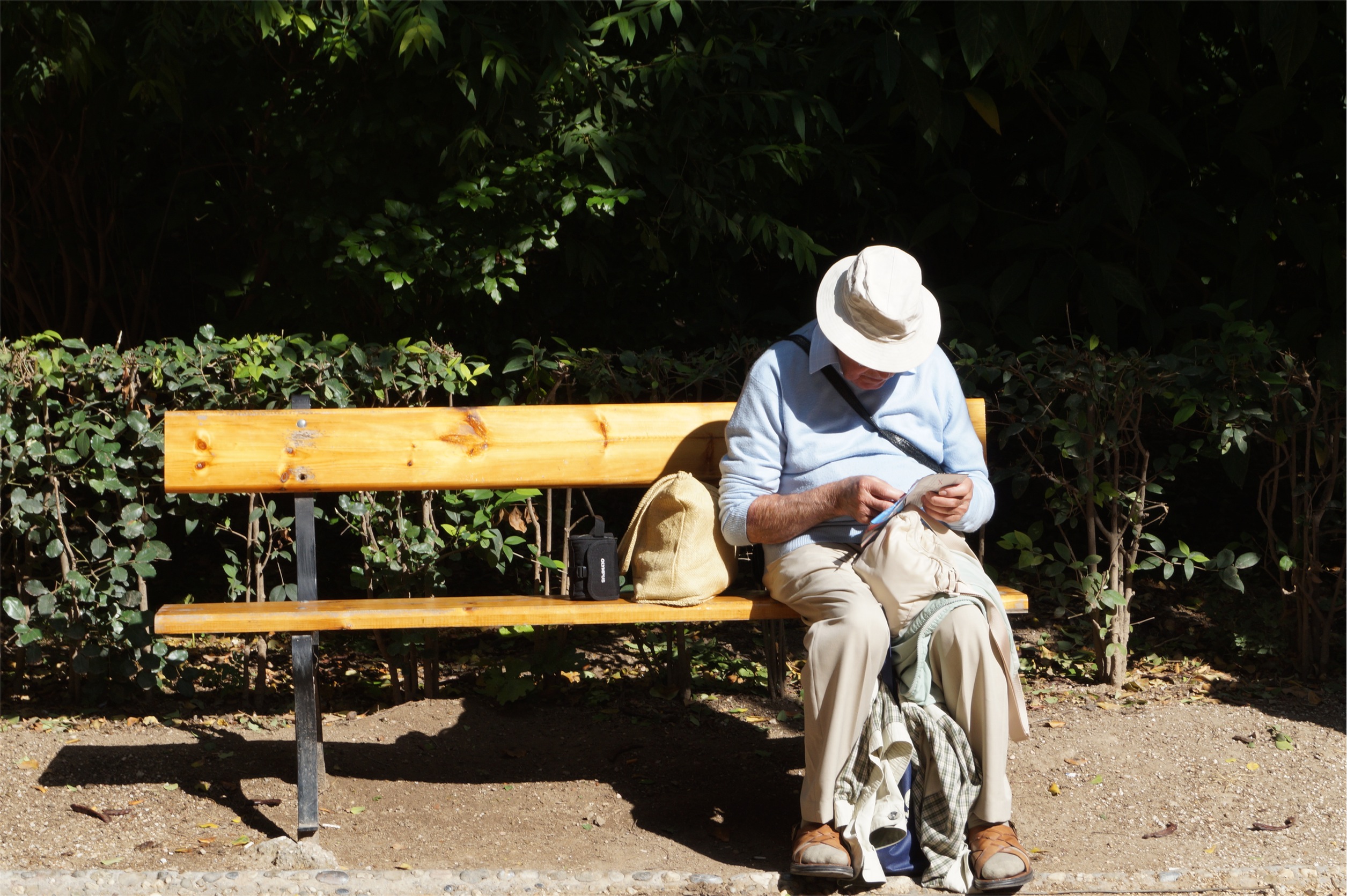In the UK, increased life expectancy means that people can expect to live longer than ever before. While this is clearly good news – and has a number of potential economic benefits – the shift in demographic structure towards an increasingly elderly population has a number of significant implications.
Following Wednesday’s blog post on the implications for planning of the ageing society, today we highlight some of the ways in which planners can help support the creation of age-friendly environments by influencing the design of the urban environment, transport, housing and the wider community and neighbourhood.
The importance of an age-friendly environment
Age-friendly environments are underpinned by three key factors:
- Safety
- Accessibility
- Mobility
Such environments impact positively upon the quality of life of older people by enabling and encouraging physical activity and social connection. This in turn has a beneficial impact upon their physical and mental health, and helps to tackle social exclusion – which can be a particular problem among older people.
Conversely, as the World Health Organisation (WHO) notes, poor design can have a negative impact:
“older people who live in an unsafe environment or areas with multiple physical barriers are less likely to get out and therefore more prone to isolation, depression, reduced fitness and increased mobility problems”
Creating an age-friendly environment
There are a number of areas in which planners may have an influence on the provision of age friendly environments:
- the design of the urban environment
- supporting appropriate transport options
- the provision of age-appropriate housing
- adequate neighbourhood and community facilities
Urban environment
In terms of the urban environment, green spaces are an integral aspect of age friendly environments. Access to green spaces supports the physical activity of older people, makes a positive contribution to their health and wellbeing, and provides opportunities for social interaction.
Research has found that green spaces that are poorly maintained, perceived as unsafe, or contain potential hazards resulting from the shared use of parks and walkways are less likely to be used by older people. Suggestions for improvement include the creation of small, quieter, contained green spaces and improved park maintenance.
Paths, streets and pedestrian areas are also a key planning consideration. Older people have greater reliance on pedestrian travel and are more likely to be physically active in areas that are pedestrian friendly. The perception of safety also influences use – therefore, lighting and road safety measures can help to enhance this.
Adequate public toilet provision will also become an increasingly important issue. Recent cutbacks have resulted in many public toilets being closed – in their review of public toilet provision in the UK Help the Aged noted that provision was sporadic. They found that the majority of older people had experienced difficulties in finding a public toilet, and even when toilets were found, they were often closed.
Transport needs
Responding to the transport needs of different groups will also present a key challenge. For example, an analysis of major European cities by the Arup engineering consultancy found that older people typically make fewer journeys, use private cars less, public transport more (trams and buses in particular) and walk more. In addition to this, older people’s typical walking speed – as well as the average length of walking trips – were lower than younger people’s patterns. These differences must be considered when designing age-friendly environments.
The growing population of older people in rural and semi-rural areas, and the reliance on cars in areas with limited public transport options were also identified by Arup as important issues.
Age-appropriate housing
There will be increased demand for age-appropriate housing that meets the needs of older people as the population ages. People are likely to have longer periods of retirement and possibly longer periods of ill-health. As noted by the Future of an Ageing Population Project, unsuitable housing can damage individual wellbeing and increase costs for the NHS.
In order to meet demand, it will be necessary to both adapt existing housing stock, as well as ensure that new housing can adapt to people’s changing needs as they age. Age-appropriate housing that supports independent living can reduce demand on health and care services, and positively enhance the lives of older people.
Thinking ‘beyond the building’
There is also a need to think ‘beyond the building’. It is thought that interventions that improve homes are likely to be less effective without similar improvements in the neighbourhood. The ability to socialise and to access services is considered to be particularly important.
Therefore, planning for the provision of local shops and other community facilities such as GP surgeries, post offices and libraries, in tandem with an increased focus on walkable neighbourhoods and public transport provision, will help older people to be physically active and more independent.
Raising awareness
Despite a pressing need for action, the provision of age friendly infrastructure in the UK has been constrained by a lack of resources, and assigned a relatively low priority. However, there is growing recognition of the need to raise awareness of the potential effects of the ageing population and its implications for the design of cities, towns and villages across the UK.
Planning departments cannot address these implications in isolation. However, for their part, knowing and understanding the potential implications of the UK’s ageing population is a positive step towards the creation of a successful age-friendly built environment.
For further information, you may be interested in our other blog posts on the creation of age-friendly towns and cities and the economic opportunities presented by an ageing society.
We have also published two members-only briefings on Ageing, transport and mobility and Meeting the housing needs of older people.
Share
Related Posts
Supporting residents on the decarbonisation journey: leveraging data for effective retrofit projects
As the drive towards decarbonisation intensifies, the social housing sector’s ability to collect, store and manage vast amounts of data becomes increasingly critical. With a shared goal of creating warmer, carbon-free homes, housing associations’ strategic use of data is essential ....
With information now so accessible, it’s easy to assume that whenever you have a question you can simply tap it into a search engine. But, while the internet and digital search tools are undoubtedly useful for checking basic facts, when ....



